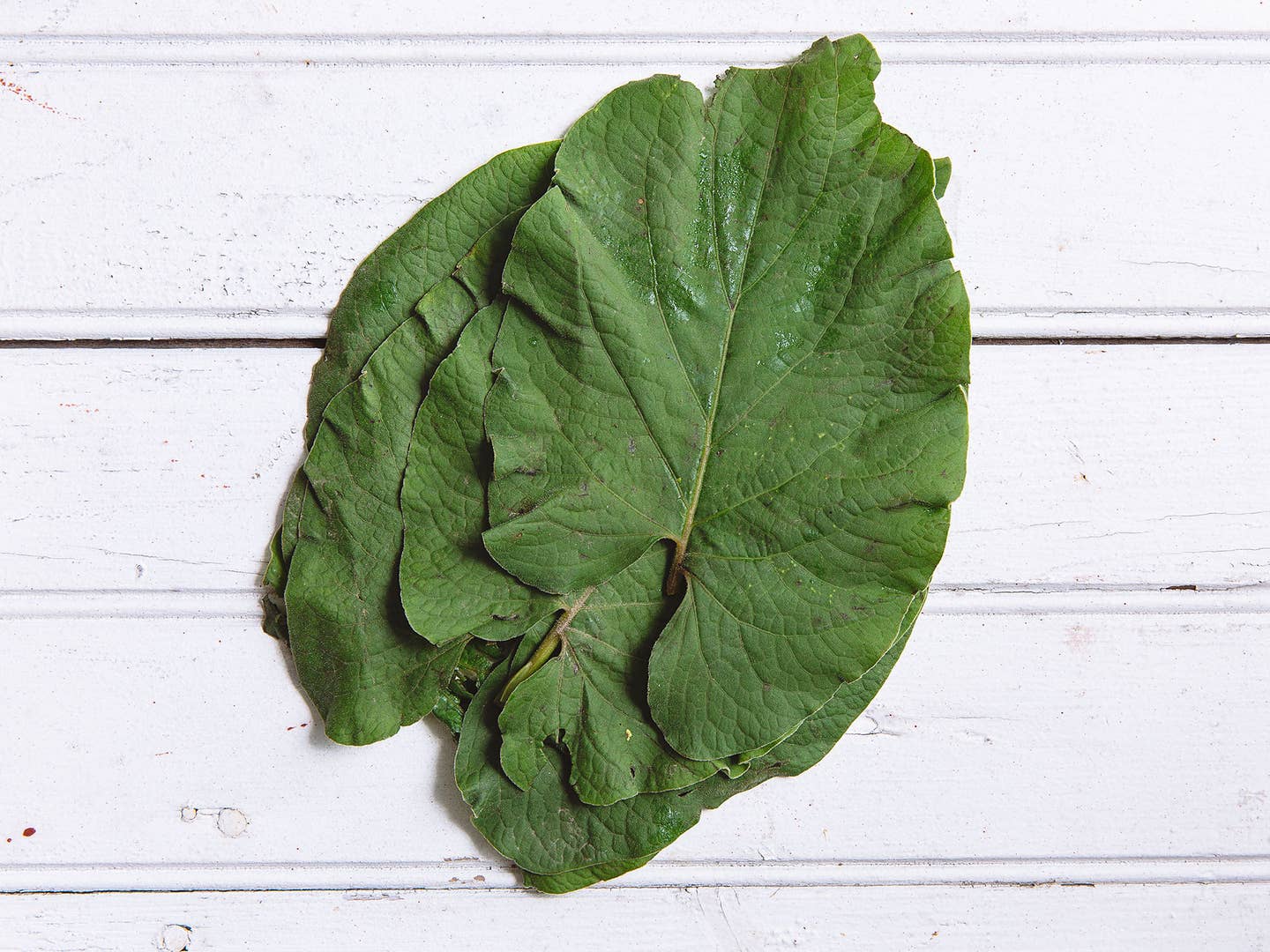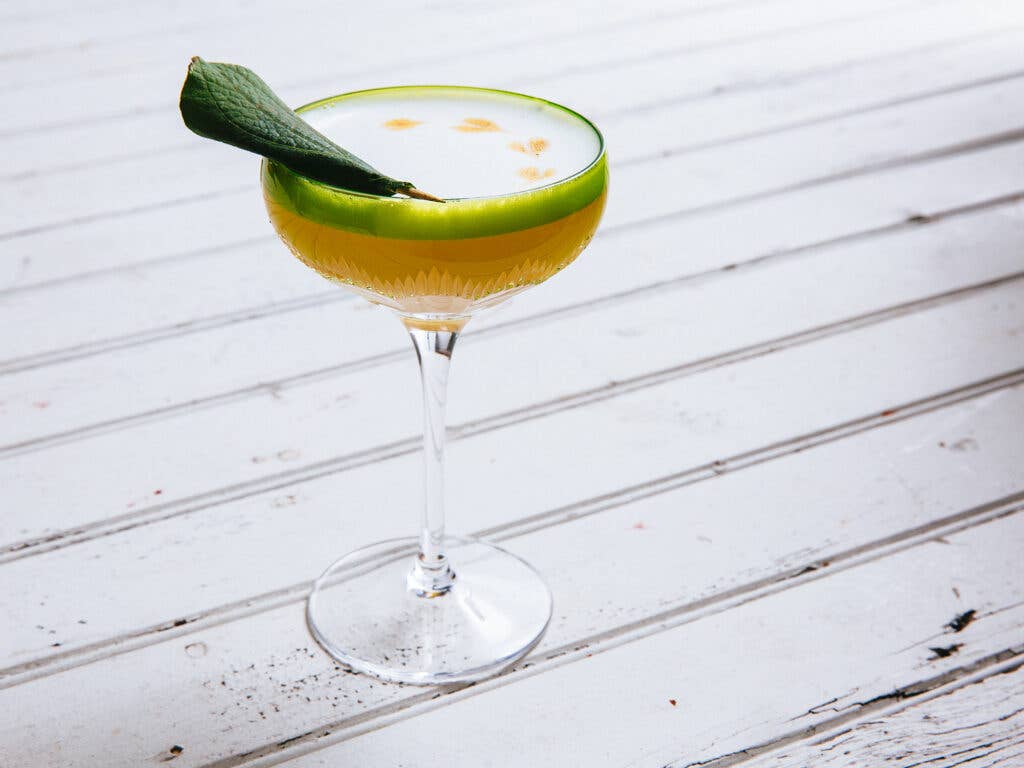
How to Cook With Hoja Santa, the Mexican Herb We Love as Much as Cilantro
A little like root beer, a little like eucalyptus, good savory and sweet—there’s a lot of reasons to appreciate this underappreciated leaf
If you’ve ever wandered through the Mexican markets of New York, Chicago, or Los Angeles, you might have come across big floppy leaves of hoja santa. And if you didn’t recognize them, you wouldn’t be alone. Hoja santa is native to Central America and the North American southwest, and while it has long been a staple of cooking from those regions, the fragrant herb gets little attention outside traditional Latin cuisines.
That’s a shame, considering how adaptable an ingredient it is for both sweet and savory applications. Which is why I’ve decided to welcome hoja santa into my regular pantry rotation.
What is Hoja Santa?
Piper auritum is sometimes referred to as pepperleaf, sacred pepper, or root beer plant. Its holy name alludes to a Mexican legend that the Virgin Mary dried the young Messiah's clean diapers on its branches, which seems unlikely considering the plant's Mesoamerican origins.
The herb’s unusual flavor is hard to pin down, but it has been compared to licorice, sassafras, mint, tarragon, and eucalyptus.
Cheese cozy: My hoja santa curiosity began, like most of my great loves, with cheese. Working as a cheesemonger through college gave me crash course in all things dairy, so I was already familiar with the practice of aging goat cheeses wrapped in chestnut, cherry, or sycamore leaves. When I read up on this tradition for my story about foliage and food, I learned that a Texan cheesemaker was doing the same thing with fragrant hoja santa leaves.
The fuzzy dark leaves are used in many Mexican and Central American dishes, but they can be tough to come by in my chilly northeastern neck of the woods. One of the only nationally distributed products that features it is a fresh goat cheese from Dallas. Paula Lambert of The Mozzarella Company wraps 5-ounce pucks of her fresh chèvre with hoja santa leaves, infusing them with curious, herbal notes of not-quite mint, and not-quite-eucalyptus. With that first taste, I was hooked.
Salsa strengthener: Hoja santa is widely used in traditional Central and South American recipes, both savory and sweet. The Aztecs likely included it in their unsweetened chocolate beverages. It is often sliced and added to pozole or egg dishes, though it is most commonly used as an ingredient in mole Amarillo and mole verde in Oaxaca. In Veracruz, Chiapas, and Tobasco, the broad heart-shaped leaves are used to wrap meat, fish, and occasionally even tamales before cooking.

Better green juice: In the Yucatan, hoja santa is used to make a green liquor called Verdìn; the herb's root beer-like notes make it an excellent cocktail ingredient. When we infused the leaves into simple syrup, our deputy web editor and resident cocktail expert, Dan Q. Dao, wasted no time mixing up a round of frothy herbal vanilla fizzes that had the rest of the office pretty much on board for my Hoja Santa for President campaign.
Try it steeped it in hot water with raw honey for a minty tisane, or update your summer panna cotta game swapping out vanilla bean for one or two leaves of your new favorite herb.
Where to Find It
Hoja santa is tough to find in mass-market grocery stores, but don't despair. It grows wild in the Southwest and can be cultivated in a wide range of climates. Look for it in Mexican produce shops or farmers markets, order online from La Vigne Organics, or grow your own. Seedlings can be ordered from Almost Eden Plants.
Do keep in mind that hoja santa contains small amounts of the aromatic oil safrole, a known carcinogen that is also naturally occurring in sassafras, cinnamon, and basil. As with all the most delicious things, proceed with caution and avoid consuming frequent large quantities. But don’t shy away from this miracle herb.

Keep Reading
Continue to Next Story










